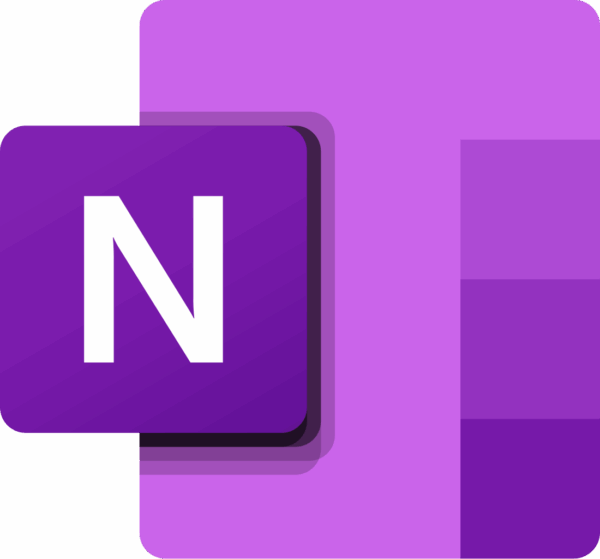Description
Microsoft Office OneNote 2003 – The Digital Notebook That Started It All
When Microsoft Office OneNote 2003 first launched, it changed the way people took notes forever. Introduced as part of the Office 2003 family, OneNote 2003 was Microsoft’s first attempt at replacing physical notebooks with a digital solution—one that allowed users to capture, organize, and search their ideas in a more dynamic and flexible way than traditional word processors.
Even though it was released more than two decades ago, OneNote 2003 remains an important piece of software history. It paved the way for modern note-taking applications and helped define the category of digital notebooks as we know them today.
What Made OneNote 2003 Unique?
Unlike Word or Excel, OneNote 2003 wasn’t focused on documents or spreadsheets. It was designed around how people actually take notes—with a focus on speed, spontaneity, and organization.
Users could create notebooks divided into sections and pages. This simple yet powerful hierarchy allowed users to organize notes by subject, project, or topic with ease. Whether you were a student taking lecture notes, a professional brainstorming ideas, or a researcher collecting data, OneNote 2003 offered an intuitive, structured space to store it all.
The interface was clean and responsive, using a tabbed system for navigation that mimicked a physical binder. It made finding and flipping through notes incredibly fast—even without modern search algorithms.
Key Features of OneNote 2003
OneNote 2003 came packed with features that made it a standout product at the time.
1. Free-form Note Entry
You weren’t restricted by fixed formatting. You could click anywhere on a page and start typing, inserting audio recordings, images, or hand-drawn sketches (with a stylus or mouse). This made OneNote feel much more like a physical notebook than a standard word processor.
2. Auto-Save Functionality
Notes were saved automatically and continuously. This meant you never had to worry about losing your work or pressing “Save” constantly—an underrated feature that is now a standard in many apps.
3. Multimedia Support
Users could insert pictures, record audio directly into a note, or paste content from other Office applications. This multimedia capability made OneNote especially useful for lectures, interviews, and meetings.
4. Instant Search
OneNote 2003 introduced real-time keyword search, making it easy to locate specific information across all your notebooks. This was revolutionary for users with large volumes of notes and helped keep everything accessible.
5. Office Integration
Since OneNote was part of the Office ecosystem, users could paste content from Word, Excel, PowerPoint, or Outlook directly into their notes. Emails, spreadsheets, and documents could be stored, annotated, and cross-referenced all within OneNote.
System Requirements and Compatibility
OneNote 2003 was designed for Windows XP and Windows 2000 systems, requiring only modest hardware resources to run smoothly. It stored notes locally in .one files, which could be moved or backed up like any other file. It did not include cloud sync or online features, as those capabilities came in later versions.
Today, OneNote 2003 may not work natively on Windows 10 or 11 systems without using compatibility mode or a virtual machine. Also, its older file formats may need to be converted before being opened in newer versions of OneNote.
End of Support and Official Lifecycle
Microsoft officially ended support for Office OneNote 2003 on April 8, 2014, which means there are no more updates or security patches available. While it still functions on compatible older systems, it is no longer recommended for use in secure or modern IT environments.
You can read more about the lifecycle of Office 2003 on Microsoft’s official website here:
🔗 Microsoft Office 2003 Lifecycle Information
Recommended Upgrade: OneNote for Microsoft 365
For users who want a modern experience, Microsoft OneNote for Microsoft 365 is the recommended path forward. It includes cloud sync with OneDrive, cross-device access, handwriting support with pressure sensitivity, and real-time collaboration.
Learn more or download the latest version here:
🔗 Microsoft OneNote – Digital Note-Taking App
Final Thoughts
Microsoft Office OneNote 2003 may seem basic compared to today’s cloud-enabled tools, but it was a revolutionary piece of software for its time. It empowered users to organize their thoughts, ideas, and tasks more efficiently than ever before. It also laid the groundwork for modern digital note-taking, and many of its original design choices are still visible in OneNote today.
If you’re a fan of retro software or maintaining legacy systems, OneNote 2003 is a piece of history worth remembering—and in some cases, still using. Just remember that while it’s still functional, it’s no longer secure or supported by Microsoft.








Reviews
There are no reviews yet.